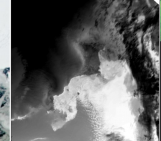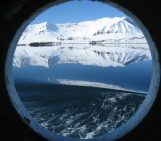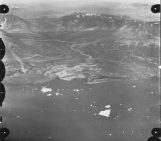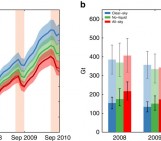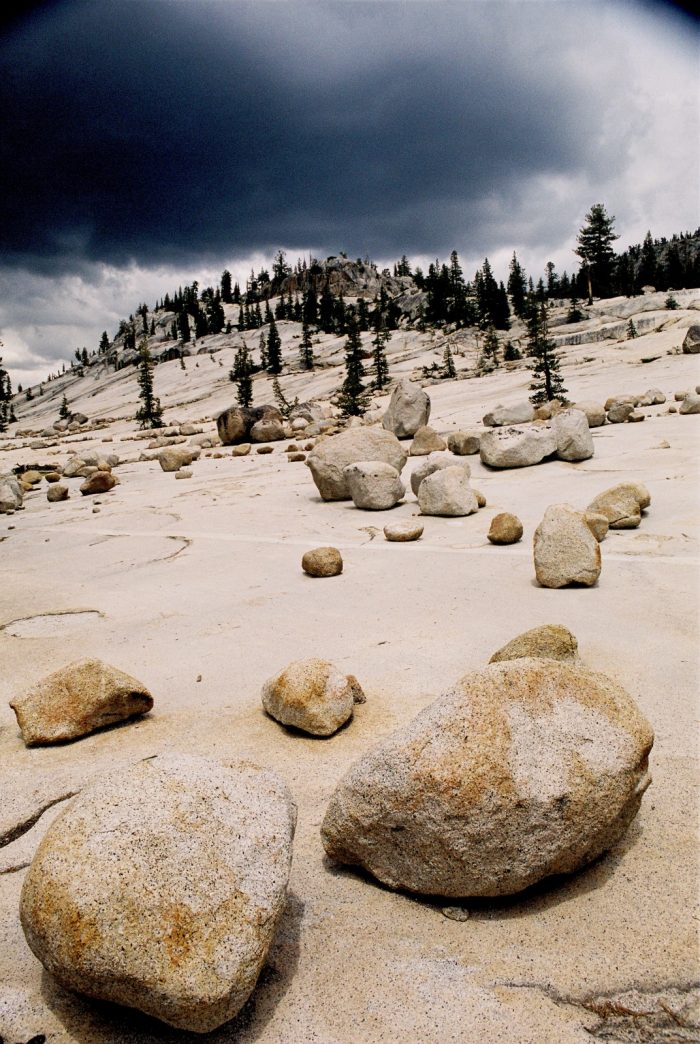
When you think of California, with its sun-soaked beaches and Hollywood glamour, glaciers may not be the first thing that spring to mind – even for ice nerds like us. However, Yosemite National Park in California’s Sierra Nevada is famous for its dramatic landscape, which was created by glacial action. With our latest image of the week we show you some of the features that were left behind by ancient glaciers.
What do we see here?
Although Yosemite is now largely glacier-free the imprint of large-scale glaciation is evident everywhere you look. During the last glacial maximum (LGM), around 26,000 to 18,000 years ago, much of North America was covered in ice. Evidence of this can be seen in the strange landscape, shown in our image of the week. The bedrock surface in this area is polished and smoothed due to a huge ice mass that was moving over it, crushing anything in it’s path. When this ice mass melted rocks and stones it transported were released from the ice and left strewn on the smoothed bedrock surface. These abandoned rocks and stones are know as glacial erratics. Some of these erratics will have travelled from far-away regions to their resting place today.
During the last glacial maximum (LGM), around 26,000 to 18,000 years ago, much of North America was covered in ice.
Glaciers that still remain!
There are still two glaciers in Yosemite, Lyell and Maclure, residing in the highest peaks of the National Park. Park rangers have been monitoring them since the 1930s (Fig. 2), so there is a comprehensive record of how they have changed over this period. Sadly, as with many other glaciers around the world this means a huge amount mass has been lost – read more about it here!
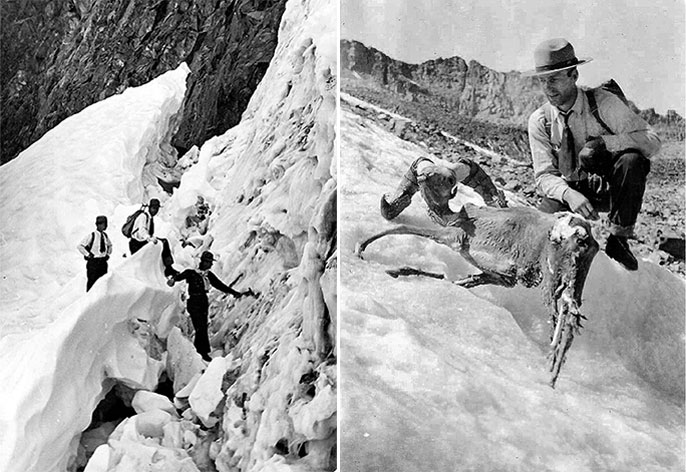
Figure 2: Survey on Maclure Glacier by park rangers in the 1930s [Credit: National Parks Service]
On a more cheerful note – Here at the EGU Cryosphere Blog we think it is rather fantastic that the park rangers of the 1930s conducted fieldwork in a suit, tie and wide-brimmed hat and we are hoping some of you might be encouraged to bring this fashion back! 😀
If you do please make sure to let us know, posting it on social media an tagging us @EGU_CR! Here are a few more ideas of historical “fieldwork fashion” to wet your appetite: Danish explorers in polar bear suits, 1864-65 Belgian-Dutch Antarctic Expedition and of course Shackleton’s Endurance expedition!
Imaggeo, what is it?
You like this image of the week? Good news, you are free to re-use it in your presentation and publication because it comes from Imaggeo, the EGU open access image repository.

